On May 24, 2025, Haiti’s government launched a new offensive against gangs in Port-au-Prince, using lightweight drones equipped with explosives to target criminal strongholds, according to a detailed report from the WSJ. This marks a significant escalation in the Caribbean nation’s fight against gang-fueled violence that has destabilized its capital, raising both technological and ethical questions for the Drone Industry.
Drones as a Tactical Tool in Urban Conflict
Haiti’s government is employing small drones to carry rudimentary bombs, aiming to regain control of roughly 10% of Port-au-Prince still held by gangs. These drones, which are not specified by model in the report, are likely commercial or modified units adapted for combat, a growing trend in conflict zones. Similar tactics have been observed globally, from Ukrainian forces to Brazilian prison gangs, as noted by Vanda Felbab-Brown, a conflict scholar at the Brookings Institution. She stated, “It’s showing how weak the government forces are,” highlighting the desperation behind this strategy.
The technical challenge lies in the drones’ payload capacity and precision. Most commercial drones can carry 2 to 5 pounds (0.9 to 2.3 kilograms), meaning the explosives are likely small, possibly grenades or improvised devices. Accuracy in urban environments, where buildings and civilians complicate targeting, remains a concern. Since February 2025, hundreds have died in these strikes, with over 300 killed in the last three months alone, according to Pierre Esperance of the National Human Rights Defense Network. On May 6, 80 people died in strikes targeting a slum called Village of God, controlled by warlord Johnson André, known as Izo.
Industry Trends and Ethical Concerns
The use of drones in Haiti reflects a broader trend in the drone industry: the militarization of commercial technology. Drones originally designed for photography or agriculture are being repurposed for warfare, a shift that challenges regulatory frameworks. The U.S., a key supplier of nonlethal surveillance drones to Haiti, insists its equipment is for monitoring only, with a State Department spokesperson clarifying, “The U.S. Government hasn’t supplied lethal drones to any element in Haiti.” However, the adaptation of commercial drones for combat raises questions about export controls and accountability.
For drone professionals, this development underscores the need for stricter oversight of dual-use technology. The industry may face tighter regulations as governments grapple with the proliferation of Weaponized drones, potentially impacting recreational pilots who rely on similar hardware. Economically, companies producing drones could see increased demand from conflict zones, but they risk reputational damage if their products are linked to civilian casualties.
Implications for Drone Operations
Operationally, Haiti’s drone strikes highlight both the potential and the pitfalls of using unmanned aerial systems in urban warfare. Drones offer a low-cost, low-risk way to strike hard-to-reach targets—Port-au-Prince’s gang-controlled areas are often inaccessible by ground—but the lack of precision has led to significant collateral damage. Rights groups reported in April 2025 that civilian deaths are mounting, with escape routes for residents increasingly cut off.
The ethical implications are stark. Esperance, whose group tracks civilian casualties, supports the drone program but with a grim rationale: “What should we do? Wait for the gangs to come to us and kill us?” This sentiment reflects the dire situation in Haiti, where gangs have killed thousands, displaced over one million people, and caused acute food shortages for half of the nation’s 12 million residents, per United Nations data.
Haiti’s drone operations signal a new frontier for the industry, blending innovation with conflict. As this technology evolves, the balance between tactical advantage and humanitarian cost will remain a critical debate for drone professionals and policymakers alike.
Photos courtesy of Patrice Noel / Zuma Press
Discover more from DroneXL.co
Subscribe to get the latest posts sent to your email.



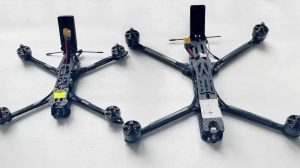
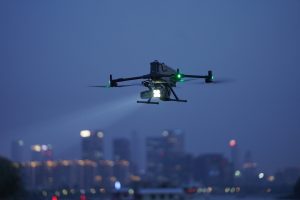



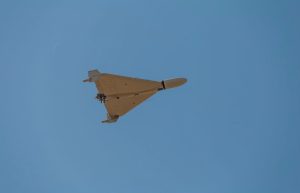
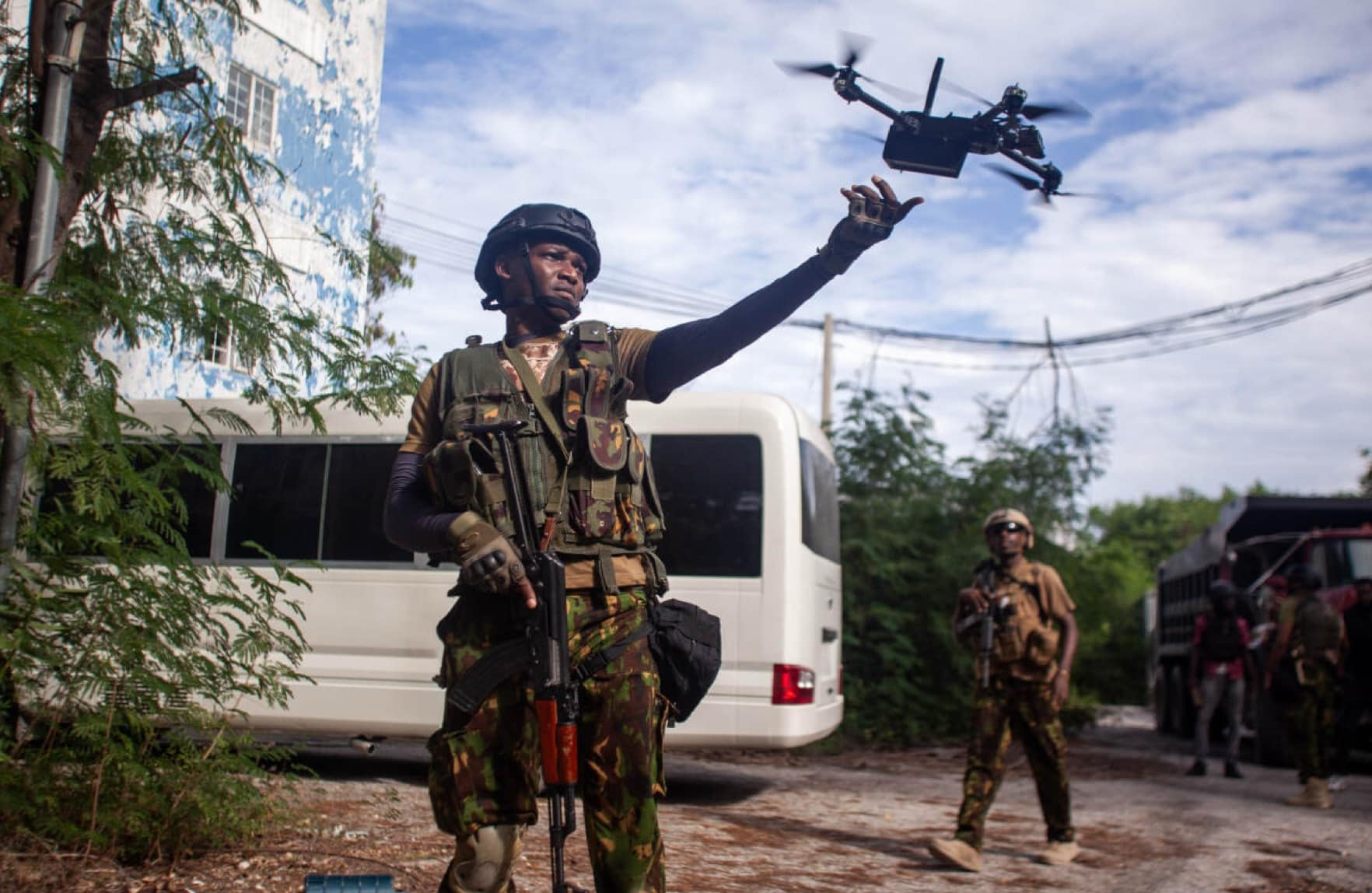





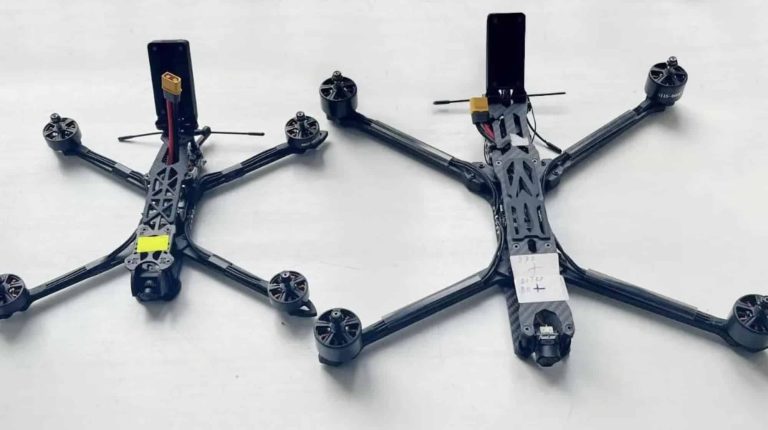
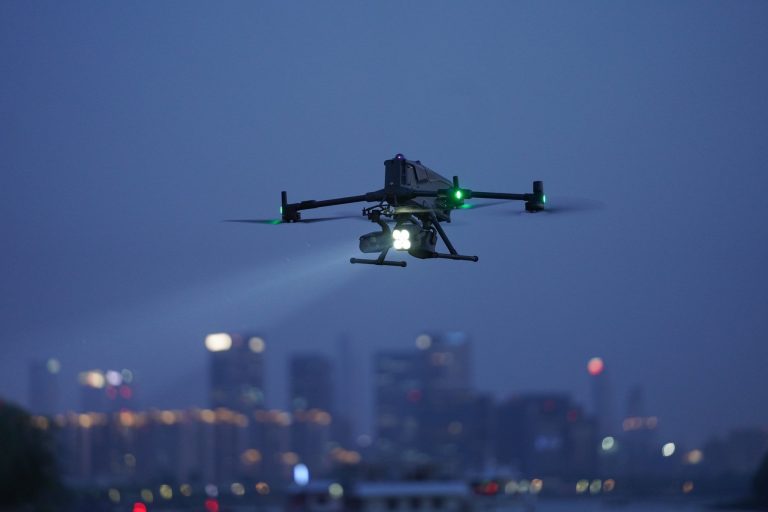

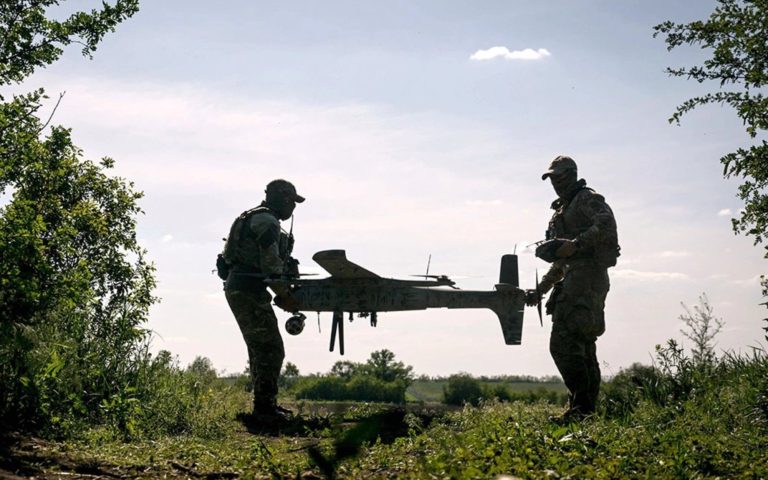
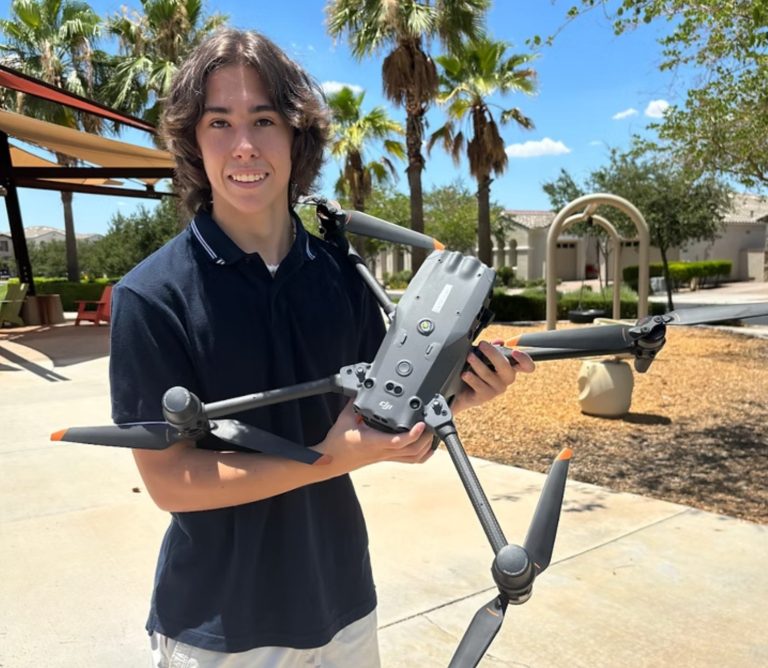
+ There are no comments
Add yours